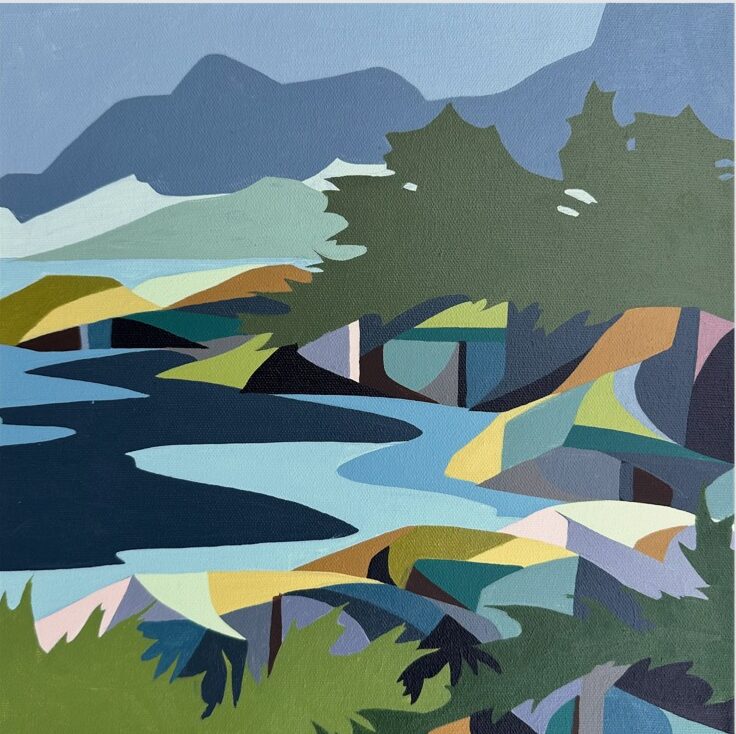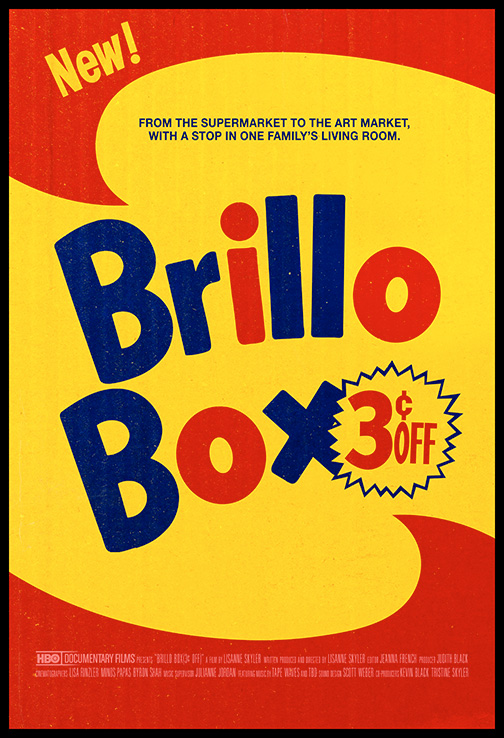This article is posted anonymously to protect the identity of the authors.
The brutal killing of Mahsa (Jina) Amini by the “Morality Police” over an “improper hijab” sparked strong protests by Iranians all over the world. These protests soon grew into a women-led revolutionary movement for freedom in Iran. Its slogan, “Zan – Zendegi – Azadi,” which translates to “Woman, Life, Freedom,” has been a recurrent theme in many art pieces created over the past few months to express disdain towards the regime and to raise international awareness.
Despite the severe security concerns that affect the artistic demonstrations of this movement, graffiti has become a common art medium for protesters to express themselves. Some of these wall markings, especially writings scribbled hurriedly without the common stylistic features of graffiti, might seem to lack artistic value to some. However, the dialogic, revolutionary, and sometimes poetic nature of the messages, coupled with the extremely risky situation in which they are created, elevates them to a level of cultural significance that can only be equated with art form.
What is most interesting, is the dynamic and evolving nature of these works, while they last, of course. The regime meticulously removes them as quickly as they are replaced with new ones, often with added defiant messages addressed to the regime’s “whitewashers.”
In the photo below, the blue paint seems to have covered the original message but either the same person or someone else has returned with “You erase it; I’ll write it again” then adding “By the way, how do you wash blood?”

Another way the visual narrative manifests itself is how the graffiti interacts with what is already on the city walls. Quite a few photos have surfaced in the past few months where artists have turned street names and signs on their heads by adding their own words and drawings to them.
For example, in the feature image at the top of this article, the words “Woman Life” are added before a street named Azadi (Freedom) creating the revolution’s slogan with what originally seems to be the last name of a “martyr,” (the common title given by the Islamic Republic to anyone who is killed for what they assume to be their cause). It is not known if the woman in the photo, with her hijab in her hands and showing the victory sign, is the same person who added those two words (or maybe the other green “V” signs), but it is obviously a collective attempt (including the photographer) to create a clever visual experience with a strong revolutionary message.
Going with the same theme, the photo below pairs a similar street name sign (with the word Azadi being a common street name in Iran, as “Freedom” was ironically a key slogan of the 1979 Islamic Revolution) and the recurring image of a woman burning her hijab. The flames have turned into leaves, and the woman’s open arms seem to embrace “Freedom.” The poetic line above, “what bravery was dormant in this land,” the traffic sign that seems to be showing the way to a free future, all in contrast with the reality of the window with iron bars and covered by a reed shade, bring together graffiti, poetry, and photography. The beauty of such combinations is that they do not have to be intentional although the graffiti certainly invites passers-by to participate in the creative process.

Make what you will of this imagery, it is clear that the graffiti cropping up in Iran adamantly insists on “woman,” “life,” and “freedom”. If caught, the activists creating these images could lead to a fate like Mahsa’s so their bold and brave statements cannot be ignored.
Feature image source: https://ir.voanews.com



